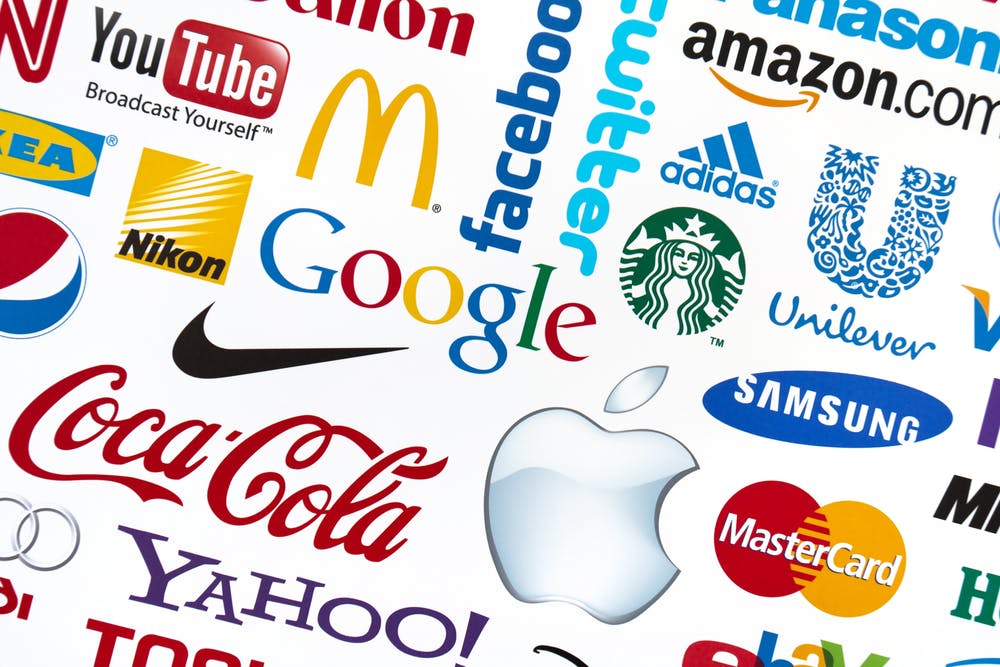Some people still aren’t clear on what exactly employer branding is. Here are the basics to get you started.
Employer Branding Is More Than a Tagline
Employer branding is not just a tagline. It’s not a single sentence, or a series of vague qualities like success or innovation. It’s not bullet points. It’s not something as simple as an image or a color palette.
Instead, employer branding is a philosophy. It’s a framework built around the relationship between your organization and its employees. It’s the promise you make to your workers. It speaks to your entire staff, from the CEO to the newest hire, as well as to job-seekers who are approaching your company for the first time.
Much like a consumer brand, that sentiment can often be expressed in one sentence that serves as a point of entry for the larger promise within. At Southwest, it’s “Welcome on board the flight of your life.” At IBM, it’s an enticing question: “What will you make at IBM?” At Pepsi, the employer brand is boiled down to one word: “Possibilities,” which returns throughout the employer value proposition.
Employer Branding Is Specific
Employer branding is not generic. I’ve written about the overused, underwhelming phrase “Our employees are our most important asset.” A sentence like that doesn’t set any organization apart, since it has been used so often and doesn’t really convey anything. Even the term asset likens workers to computers or factories, which don’t have kids or hobbies or career goals. Your company can’t just steal a cool employer brand from another company (or worse, a competitor) and apply it to your entire corporate culture. The dissonance will confuse employees and scare candidates away.
Employer branding is unique to your organization. Your employer brand is specific to your company. It can’t be applied anywhere else, since nowhere else has your company’s exact history, direction, values, and goals. It reflects your unique culture and represents all your employees have contributed over the years. It’s also specific to this moment in time. Employer brands can change as the company’s mission or goals change. That’s probably why many firms update their employer brands about once a year.
Employer Branding Is Carefully Considered
Employer branding is not put together in a day. It’s not something the CEO can write, send to recruiters, and put it into effect immediately. It can’t be assumed, or conjectured, or copied from the “About Us” section of an annual report. An employer brand can’t simply be “good enough” or a placeholder, or something that can be put off until the budget allows. That strategy won’t engage employees or attract the right candidates.
Employer branding is created by a proven process. Often, an employer brand isn’t created by the organization itself. A third party with experience in the field comes in with a plan and a process. It polls a sample from the entire organization, from interns to veterans to the C-suite, to thoughtfully examine the company’s culture, from vision to value proposition. It uses surveys, group sessions, and one-on-one interviews to determine why workers came to the company, what they like and dislike about, and why they stay. The result is a brand architecture that emotional connects with employees and tells recruiters what type of candidate to look for. It details the most significant relationships between the corporate brand and its various parts — people, products, and services.
Employer Branding Is Difficult
Employer branding is not just a reinforcement of the status quo. Creating an employer brand isn’t always easy. It usually can’t be done by recruiters or HR staff, who have little experience in constructing employer branding architecture and an employer value proposition. It’s not something that can be handed down from the C-suite as fait accompli, with no input from the staff.
It’s not simply art and copy that just “feels right” or seems to match the company’s eventual goals.
Employer branding is honest. Often, the process takes unexpected detours that lead to honest engagement and genuine discoveries. Brand research asks questions about an organization’s culture and the employee experience. Sometimes the responses reveal internal feuds, poor communication, or general discontent. But one of the goals of employer branding is to simply get to the truth: How do people really feel about your brand? The result is honest and accurate, and can help steer the right employees to your organization — and steer the organization in the right direction.
Employer Branding Is Valuable
Employer branding is not extraneous. It’s not a luxury for brands that already enjoy a good reputation with the public. It’s not only for corporate giants or global brands. It’s not an extra feature that can be dismissed as unnecessary by local businesses or non-profits.
Employer branding is crucial to the bottom line. Strong employer attracts the candidates that fit an organization’s culture. This reduces the chance of a hiring mistake, which lowers time to hire. It also focuses the search on a certain type of candidate and increases word of mouth and referrals, which in turn lessens the need for large-scale campaigns and lowers recruitment marketing costs.
A LinkedIn study found that companies with strong employer brands had half the cost per hire of companies with poor or no employer brands, and a quarter less turnover. An Aon Hewitt study found that companies with engaged employees (buoyed by a good employer brand) outperformed by 22 percent the stock market in 2010, while companies with low employee engagement performed 28 percent worse than the annual average.
So we see that employer branding isn’t simple and it isn’t superfluous. It’s necessary, educational, and valuable.
Love our content? Now you can experience it in person! We’d like to invite you to the ERE Recruiting Conference this April 6-8. Become a data-driven decision maker over two days at the Red Rock Resort in Las Vegas. Sign up today!
